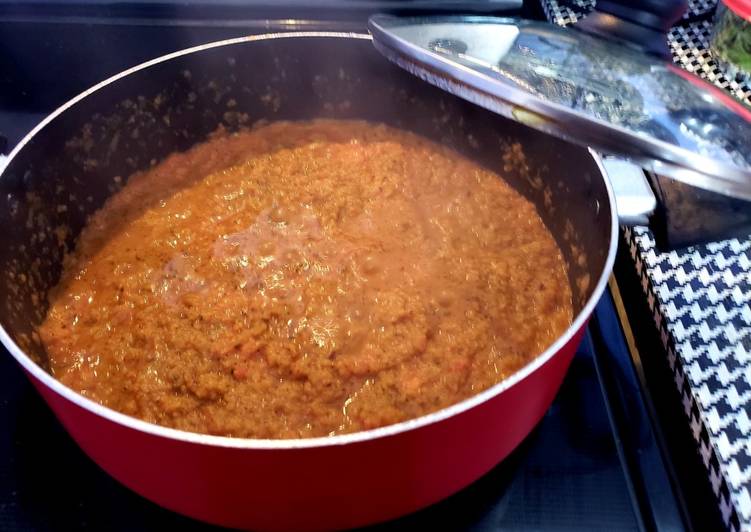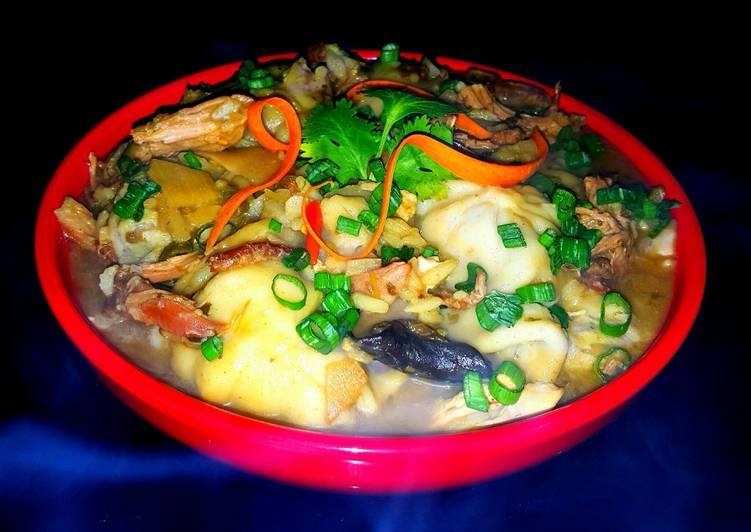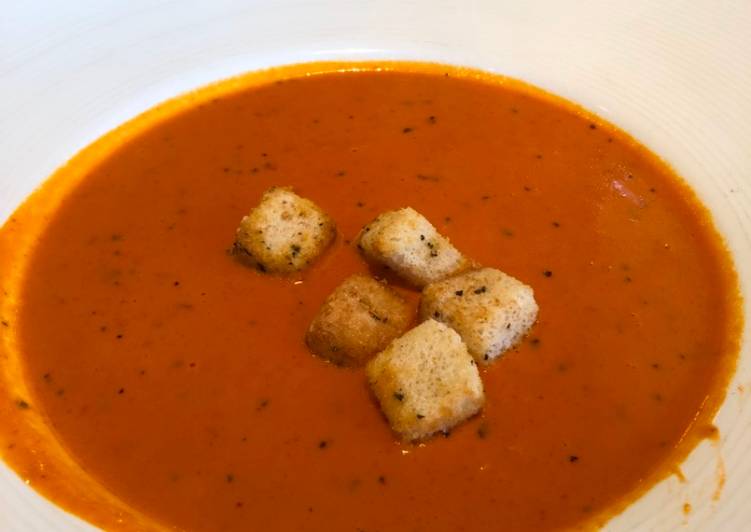
Hey everyone, hope you’re having an incredible day today. Today, I will show you a way to prepare a special dish, proper curry theory. It is one of my favorites food recipes. For mine, I’m gonna make it a little bit unique. This is gonna smell and look delicious.
Proper curry theory is one of the most popular of recent trending meals in the world. It’s simple, it is fast, it tastes delicious. It’s enjoyed by millions daily. They are fine and they look wonderful. Proper curry theory is something that I’ve loved my entire life.
In mathematics and computer science, currying is the technique of converting a function that takes multiple arguments into a sequence of functions that each take a single argument. In programming language theory and proof theory, the Curry-Howard correspondence (also known as the Curry-Howard isomorphism or equivalence. EDIT: As noted in comments, this is partial application rather than currying. That way you can reuse the currying code in other situations - including cases where you don't want to call the newly-returned.
To get started with this recipe, we must prepare a few components. You can have proper curry theory using 18 ingredients and 9 steps. Here is how you can achieve it.
The ingredients needed to make Proper curry theory:
- Get 3 big onion
- Get 6 tomato
- Make ready 4 garlic cloves
- Get 1 green chili
- Prepare 1 long piece of ginger
- Make ready Few almond and cashews optional
- Get 1 tablespoon cumin seeds
- Make ready 1 tablespoon red chilli powder
- Get 2 tablespoon salt
- Get Half tablespoon black pepper powder
- Get 1 tablespoon curry powder
- Take 1 tablespoon curry leaves
- Take 1 tablespoon kasoori methi optional
- Make ready 2 tablespoon turmeric
- Get 1 tablespoon coriander powder
- Make ready 1 tablespoon garam masala
- Get 1 tablespoon chaat masala optional
- Take 1 tablespoon kitchen king
Tagged with beginners, haskell OK, we're going to talk about currying. Currying is when you break down a function tha- scrolls down. Either way, the target theory's triviality would show that it is inadequate for its intended purpose. So this is a second challenge posed by Curry's paradox.
Instructions to make Proper curry theory:
- First blend onion+ginger+garlic+green chili
- Now in a heavy deep pan put this paste and stay at low flame
- Saok all the water of paste slowly.but on other side in a small pan put some oil and roast cumin seeds and add it to after soaking the water of onion paste
- Now again stay at low flame and stir the paste until it start changing color
- Now in blender again put diced tomatoes and almonds and cashews and make paste
- Roast onion paste when it start looking golden add tomatoes paste and all the spices together
- Now simmer the curry by covering the utensil at very low flame for atleast 10 to 15 minutes.how to check its cooked is that curry always make holes so when you see the holes dont overcook and just turn the gas off and keep uncover it
- For red kidney beans add RAJMA masala in the end after adding boiled kidney beans.for chicken same add chicken curry powder in the end and for chickpeas add CHANA masala in the end when you add boiled chickpeas
- This curry can be preserved for up to 1 week.so save your time
Either way, the target theory's triviality would show that it is inadequate for its intended purpose. So this is a second challenge posed by Curry's paradox. To spell out the sense in which Curry's paradox. Currying is an advanced technique of working with functions. It's used not only in JavaScript, but in Currying is a transformation of functions that translates a function from callable as f(a, b, c) into.
So that is going to wrap this up with this special food proper curry theory recipe. Thank you very much for your time. I’m confident that you will make this at home. There’s gonna be interesting food in home recipes coming up. Don’t forget to save this page in your browser, and share it to your family, friends and colleague. Thanks again for reading. Go on get cooking!

